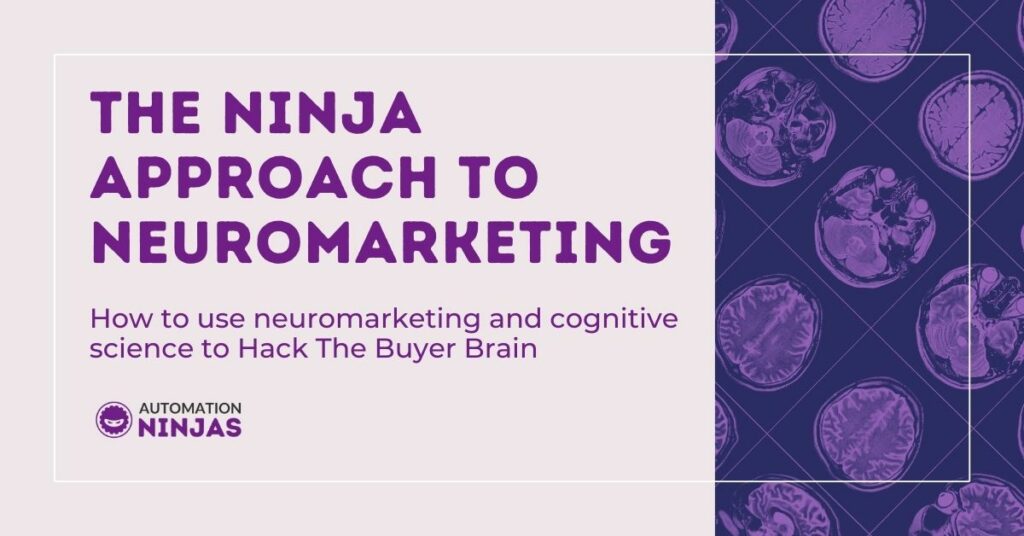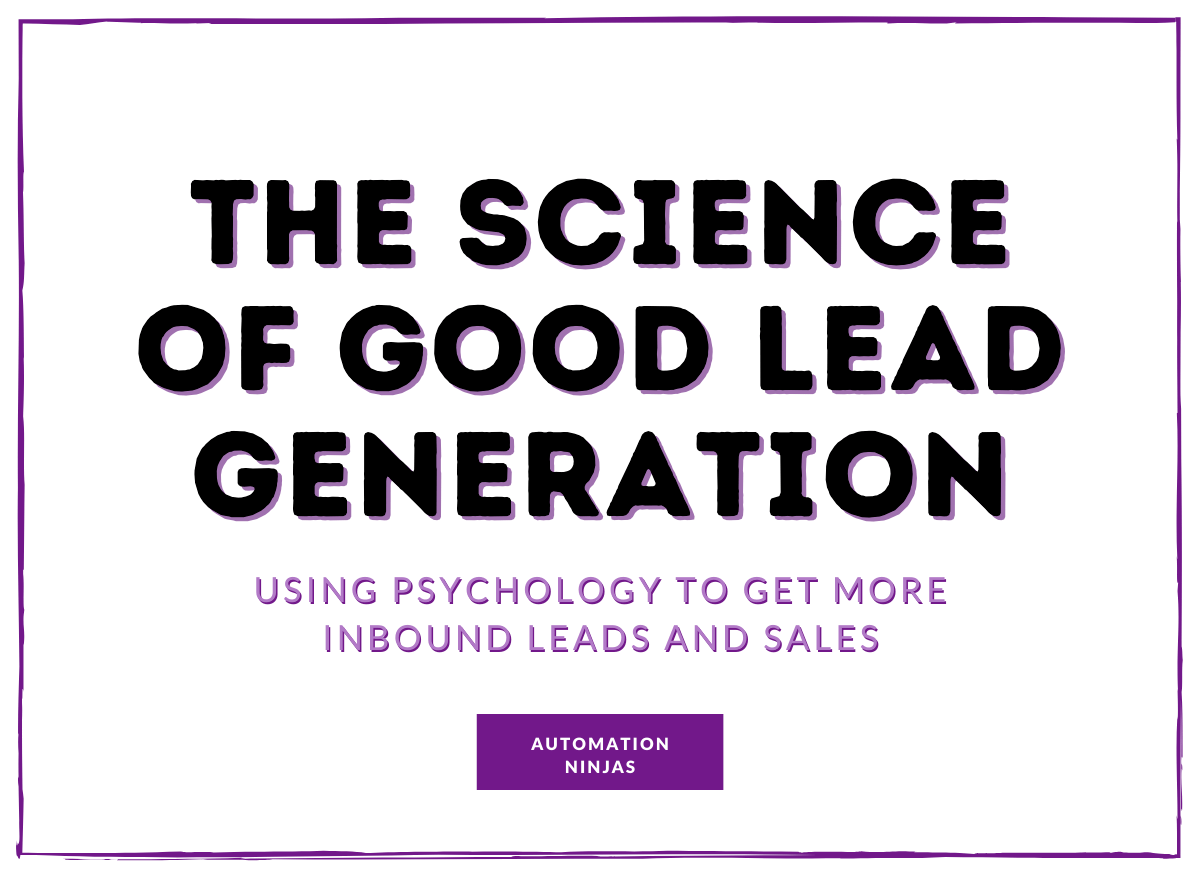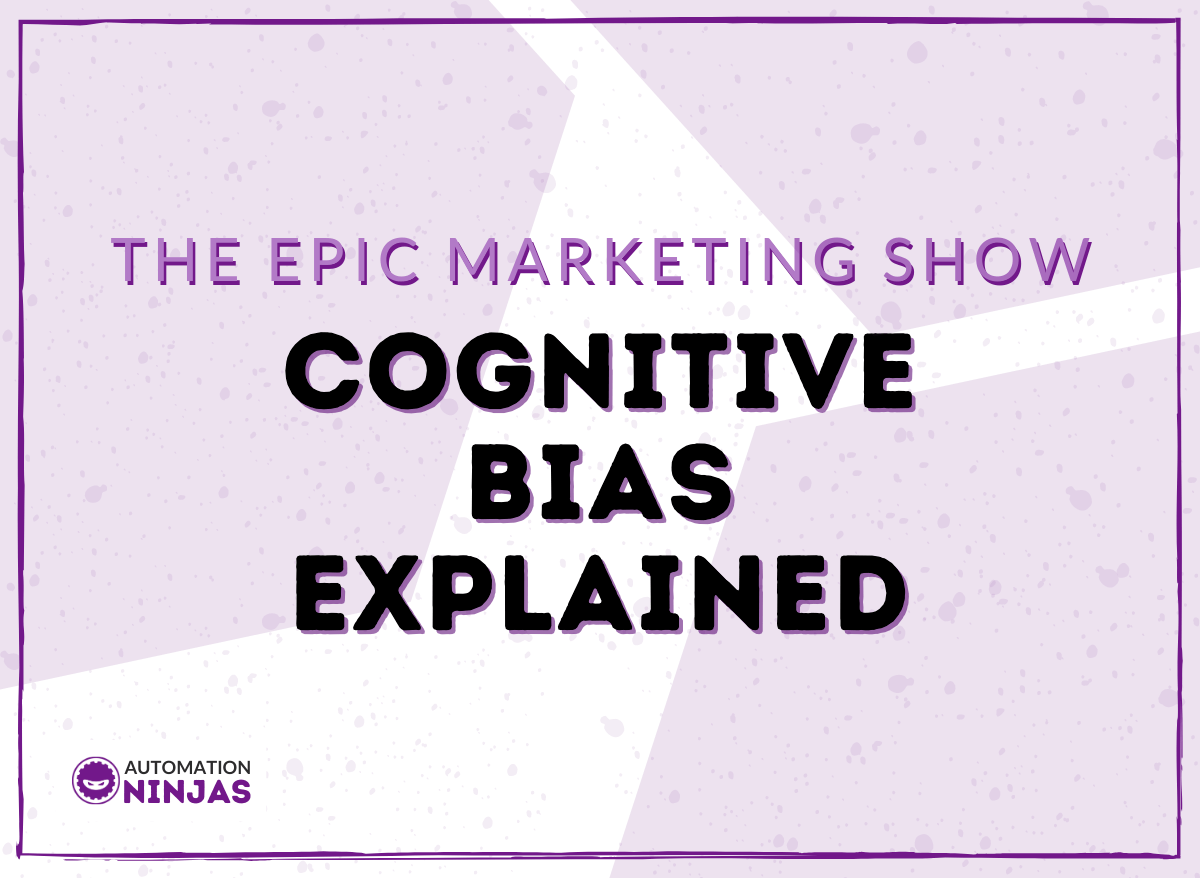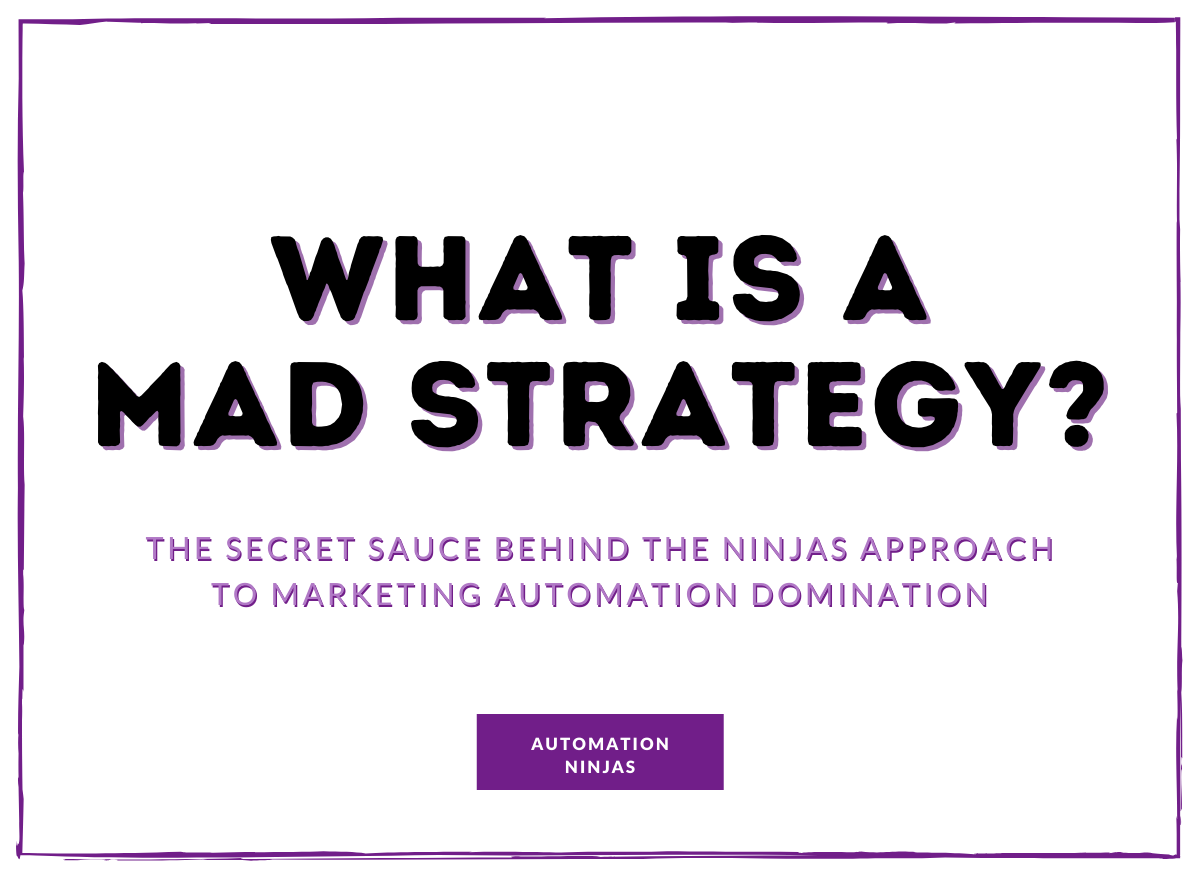Oh, so you can read minds then 
When you tell people that you’re an expert in Psychology, they always think that you can read minds.
It’s an intriguing idea for marketers and business owners alike. Being able to tap into and influence your customer’s motivations and preferences, in order to more effectively market is the holy grail of marketing. Who wouldn’t want to be able to utilise that talent?
However, while the ninjas are not mind-readers we do excel when it comes to the psychological motivations that drive consumers to purchase and remain loyal.
So, in this blog, we explore the fundamentals of Neuromarketing, plus how we implement these principles for our ninja clients.
What exactly is Neuromarketing…
First, let’s talk about what Neuromarketing is, so we can understand how the ninjas do it a little differently.
“Neuromarketing is the application of neuroscience and cognitive science to marketing.” Roger Dooley
Basically, it’s where neuroscience and cognitive psychology intersect in a way that is applied to predict, influence and even manipulate consumer behaviour and decision making.
But either way, applying Neuromarketing knowledge to your marketing and automation will allow you to gain insight into customers’ motivations, preferences, and decisions.
This will help inform all areas of the Marketing Mix, including your automation, pricing, advertising and other areas.
The ninjas are firm believers that understanding the science behind behaviour and decision making will allow you as a business to attract, and retain your ideal customers.
This is why we apply aspects of cognitive and behavioural science into the work that we do for ourselves and our clients.
Neuromarketing the ninja way...
Let’s look at some of the fundamental principles that underpin our work, and that draw on Neuromarketing concepts.
These systems and our use of them are guided by the way that the brain works, and understanding this helps us to hack, and influence the outcome for our potential customers:
- Attention System
- Purchase System
1. Attention System: System 1 & System 2
If you can’t capture the attention of your potential customers, then you won’t make sales.
Thankfully Daniel Kahneman and Amos Tvsersky mapped out the theory of how people pay attention a while ago in their book, Thinking Fast and Slow.
They were the first people to propose the duality of attention and how this applies to decision making in consumers.
So, in simple terms, humans pay attention to the world using two distinct systems that interact and are responsible for how decisions are made:
- System 1: fast, almost automatic system, referred to as the autopilot.
- System 2: slow, manual process, referred to as the pilot.
The real main differentiator is that System 1 takes in around 11 Million bits of information per second, while System 2 takes in around 40 bits of information per second.
Both are doing mammoth jobs, however, System 1 makes rapid decisions based on a series of rules and shortcuts.
While the slower System 2, is responsible for the more complex, problem-solving tasks, which is why it is more of a manual process.
I like to compare these two systems to the Minions and Gru in the movie Despicable Me...
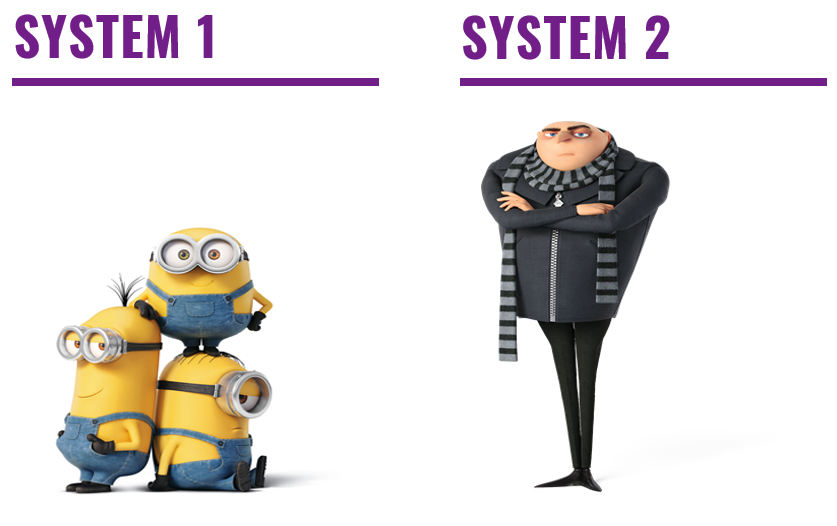
Gru is a criminal mastermind - extremely intelligent, however, he can only do so much on his own.
So, he employs the use of Minions to get lots done - they aren’t very smart and are easily confused so they can each only do one job. But, there are thousands of minions each performing one specific job in a very efficient way.
This is exactly how the brain works, you need to provide an experience that autopilot understands so it passes the information along to the complex, decision making part of the brain.
The Purchase Formula
Getting a purchase from someone is the goal for many businesses.
And there is a very specific process that the brain goes through when it decides to buy or not, that as business owners or marketers it’s good to understand.
At Stanford University, there were some fascinating experiments into how the brain makes a purchase decision, including an fMRI scanner. Participants were shown a picture of a product, and then the price, before being asked if they would buy it.
The results gave us phenomenal insight into how the brain influences our buying decision.
The product made the reward centre of the brain light up, which makes sense.
However, when the brain saw the price, the pain centre of the brain lit up. What, we’d maybe expect the logic or emotional centre activates, but it’s the part of the brain that deals with the physical or emotional trauma.
This was definitive evidence that there is no “purchase” centre of the brain. We have not evolved to buy stuff, so the brain is using processes and systems every day to navigate a modern world it was not designed for.
Looking at the level of activation in the reward centre vs the activation in the pain centre in the brain scans, researchers could predict whether that person would buy or not.
This led to the Purchase Formula:
Net Value = Reward - Pain
We don’t love maths, but basically, the likelihood of someone purchasing is influenced by how much reward activation your consumers have (about your product or service) in relation to the amount of pain activation, the price insights.
This led to two main findings of the net value.
- The Net Value must be positive - e.g. the reward must outweigh the pain
- The Net Value must be high - e.g. your consumers must have a higher reward activation than pain activation
This is very interesting, businesses tend to focus on price, and making that as palatable as possible. But actually, we don’t have that much control over how the brain reacts to this - we can reduce the pain but we can’t completely eliminate it.
However, we can increase the reward activation, and this is where marketing and building a relationship and community comes into play.
This is why content marketing and nurture series are so crucial, and how we help to hack the brain via marketing automation at the ninjas.
Ready to learn more about Neuromarketing?
Now you should understand a little more about Neuromarketing, and the fundamental principles that we apply to predict, and influence customer motivations and behaviour.
Understanding this allows us to attract, delight and retain happy customers that not only spend money with us, but that come back to us over and over again.
If you’re interested in digging into this in some more detail then Kenda’s book “Hack the Buyer Brain” is packed full of many more tips on how to influence your consumers using psychology backed strategies.
You can buy the book direct, or find it on Amazon.

